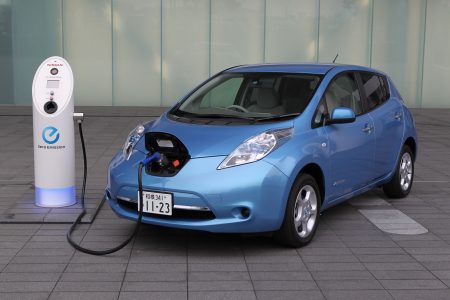August 17, 2016 – Research done at Massachusetts Institute of Technology indicates that the current electric vehicle (EV) fleet’s limited range should not be a concern when you look at the driving habits of the majority of Americans. A study headed up by Jessika Trancik, Assistant Professor, Engineering Systems Division of MIT, has found that current EVs could replace 87% of automobiles on American roads. And by 2020 if EV range increases based on battery technology improvements, 98% of automobiles by 2020.
Using the Nissan Leaf as the standard for their MIT study, an EV with a 119 kilometer (74 mile) range and leaving a 10% charge buffer in the battery, the researchers compared daily driving habits compiled from a 2009 National Household Travel Survey, accumulated GPS data from vehicle trips throughout the United States, air temperature readings (EVs lose range in colder weather), and assuming users would recharge their EVs nightly, they found a major impact on fuel consumption amounting to a 61% drop per year. Along with the need to use less gasoline and diesel collectively the United States would see a significant drop in carbon pollution. That’s because transportation is the second largest source of anthropogenic carbon emissions.
Even in cities with significant suburban sprawl like New York and Houston, the model indicated an 87% and 88% capability to switch to EVs without impacting consumers’ daily driving. In rural areas, surprisingly, the average daily commute could easily be handled with 81% of diesel and gasoline-powered cars being replace.
States Trancik, “it’s taking the approach of empowering people with information…changes can happen from the ground…..because private citizens can really make a difference today.”
The average EV right now is not a choice for long commutes or driving vacations.
Nor is it necessarily easy to install personal charging stations in homes.
Nor do we have an idea of what a volume of EVs recharging overnight would do to the existing power grid.
But what we do know from a study like this is the feasibility of moving to EVs faster than Americans and other nations are doing currently.
Today less than 1% of Americans drive an EV.
The following infographic says it all.










